Slug control methods – experts reveal the best ways to eradicate slugs
These slug control methods will save your crops and flowers from being decimated by these insatiable pests

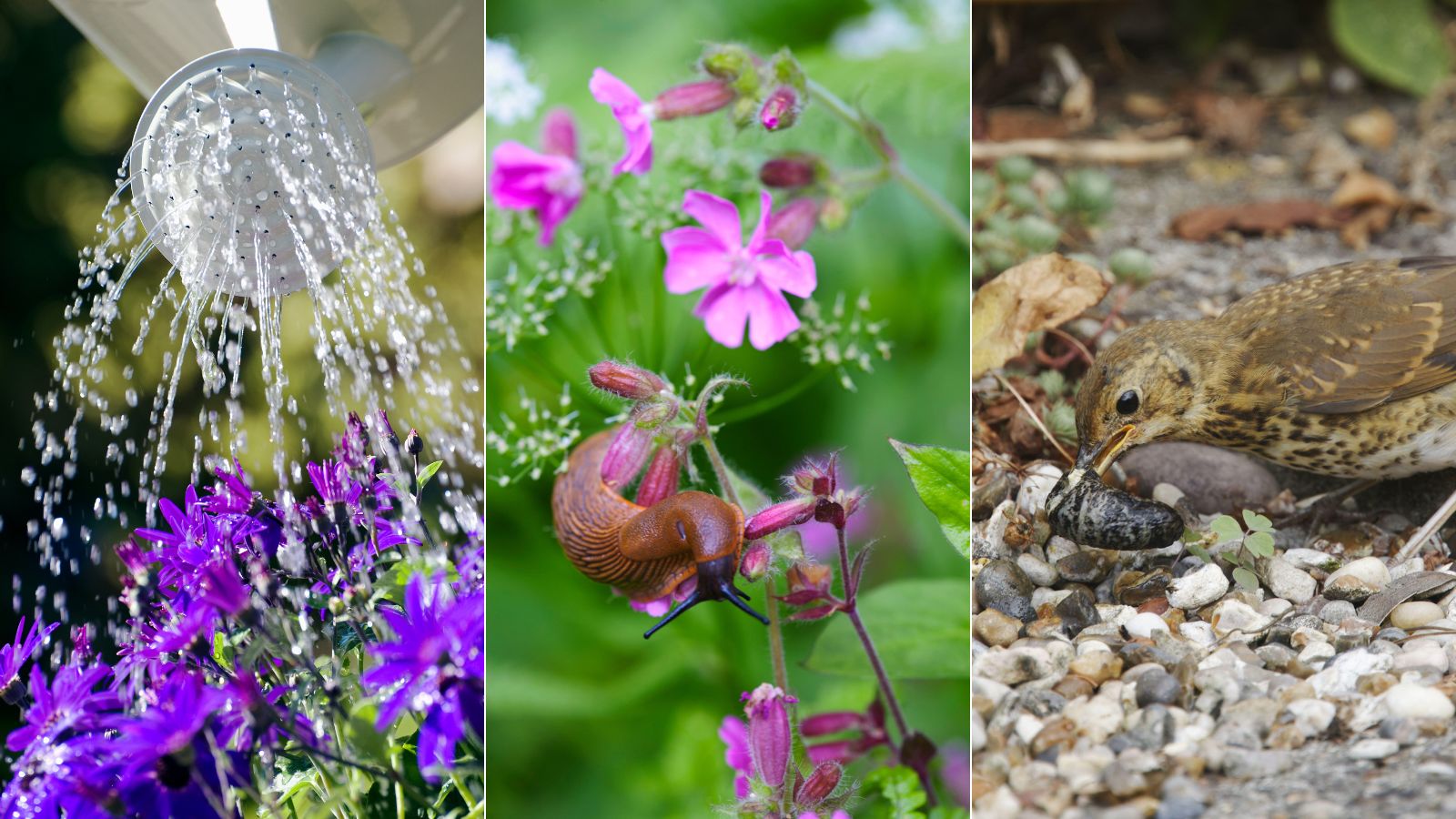
Discover how to defeat slugs with these slug control methods. Whether you're looking to protect your new seedlings or want to stop slugs decimating your vegetable patch, these sustainable methods will solve the problem without harming the other wildlife in your garden.
When it comes to getting rid of slugs, there are plenty of slug control methods from which to choose. From slug repellent plants to tricks to deterring them from snacking on the plants they love, these techniques are all easy to achieve.
Slug control methods
Slugs are a gardener’s nemesis. After months of lovingly raising your seedlings and carefully nurturing crops, slugs can make short work of munching their way through your vegetable garden ideas, undoing all your hard work in one evening.
Fear of this will have many gardeners reaching for the slug pellets. 'Slugs and snails are a bit of a pest, but I would never ever use slug pellets. There’s very good research showing that the pellets that include metaldehyde are not good for garden birds either. You can actually control them by encouraging other forms of wildlife to your garden, which has exactly the same effect naturally,’ says gardener Arthur Parkinson.
1. Nematodes
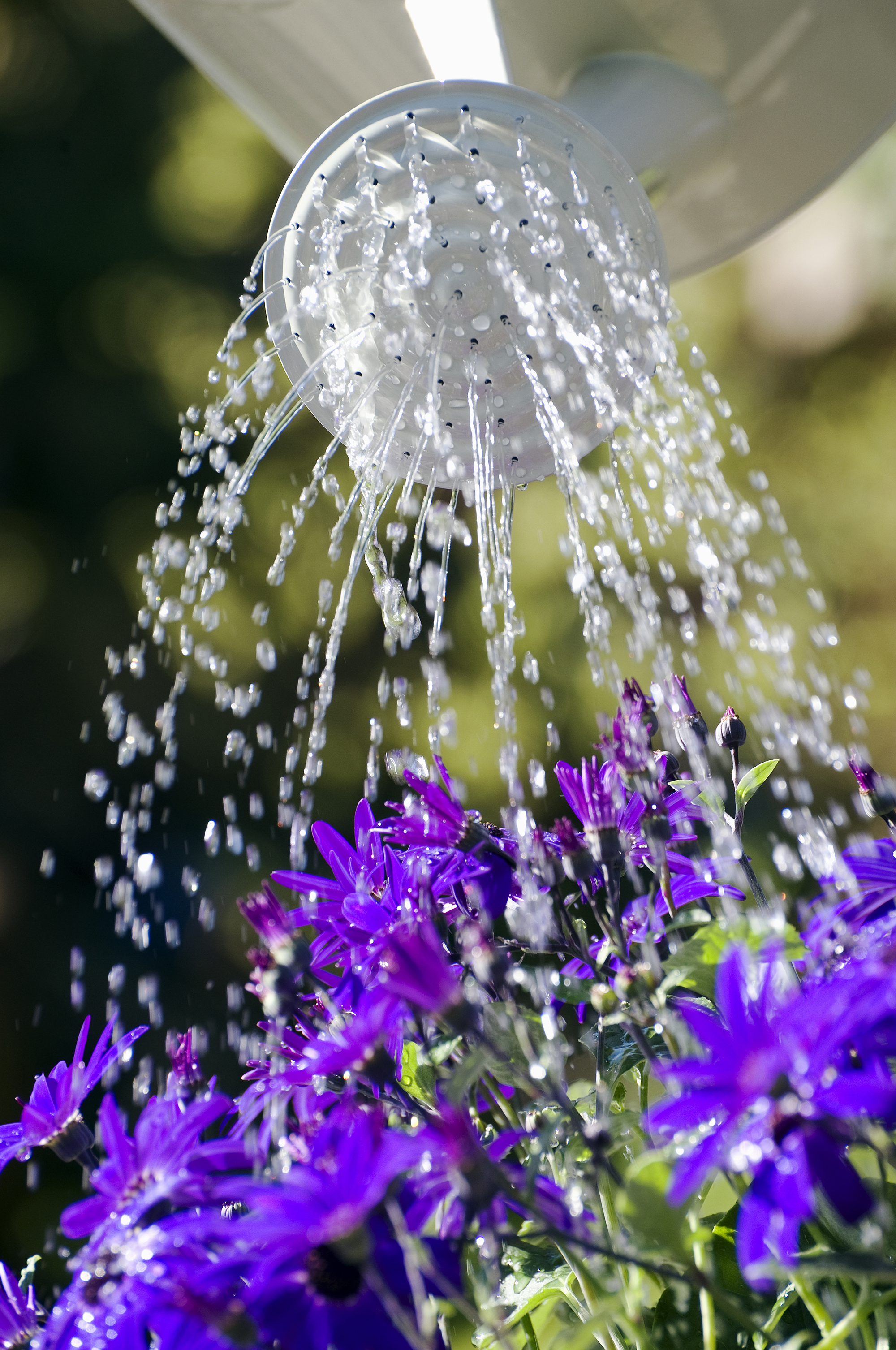
If you are looking for guaranteed slug control methods, then nematodes are a great option that will target the slug without harming any other wildlife.
‘Nematodes occur naturally in the soil and seek out and kill specific target pests. They attack the pest by entering its body and releasing a bacterium which quickly and effectively kills it. The nematodes then reproduce inside the dying pest and release a new generation of hungry nematodes, which disperse and search for further prey, protecting the area for up to six weeks,’ says Jorge Tirado, technical specialist at BASF.
‘Nematodes have the advantage of targeting slugs beneath the soil, where most of them dwell, rather than just those on the surface.’
Design expertise in your inbox – from inspiring decorating ideas and beautiful celebrity homes to practical gardening advice and shopping round-ups.
Nematodes are readily available online (Beneficial Nematodes is a best-seller and highly-rated on Amazon) and can be watered into the required areas of the garden. Keep the ground moist for at least a week after initial application. Unlike slug pellets, nematodes won’t harm children, pets, birds and wildlife.
2. Copper tape
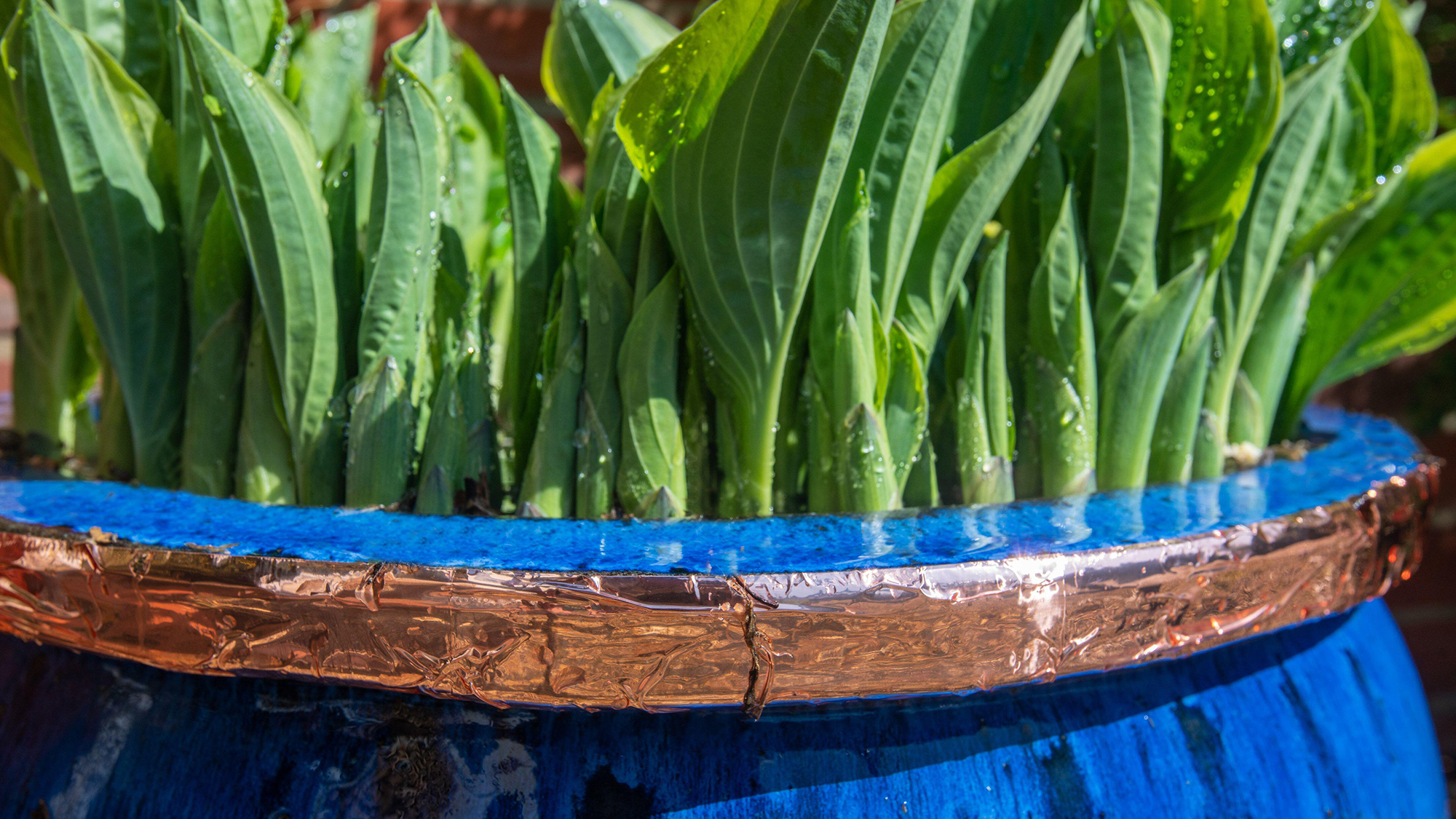
One of the most popular methods for deterring slugs without permanently harming them is copper tape. This simply needs to be applied around the circumference of the pot – ensure it stays clean and that there are no gaps in the tape where slugs can pass. You can buy copper tape cheaply on Amazon.
‘Copper has an irritating and repellent effect on slugs and snails. It does not kill them, however, and will not reduce their numbers. Keep the barriers free of debris and ensure they completely encircle the container,’ says Andrew Salisbury, senior entomologist at RHS Garden Wisley.
For plants in your flower bed ideas, you can buy copper rings or edging that fit around your plants and be pressed into the soil and provide a protective barrier.
3. Rough surfaces
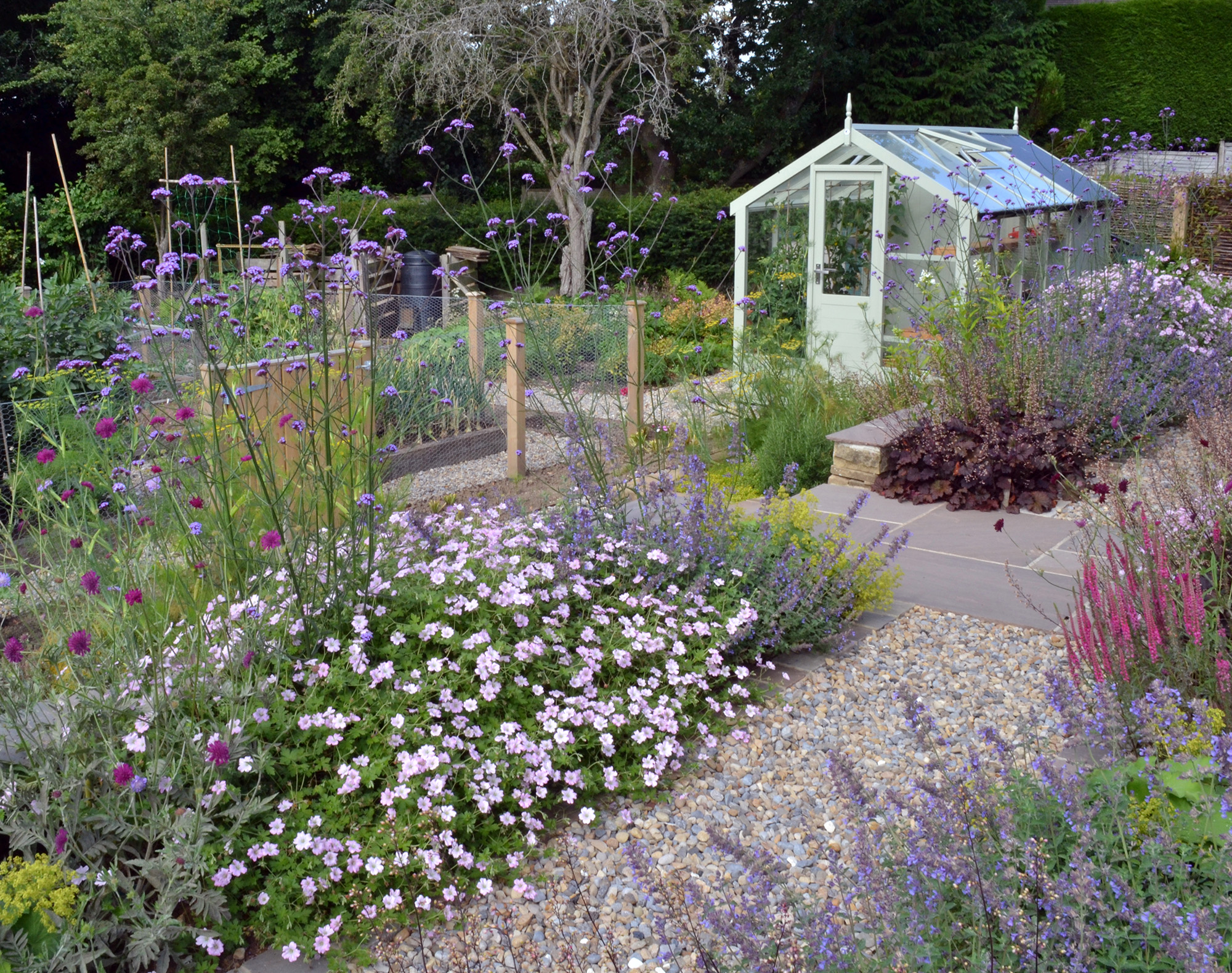
Dry, broken eggshells, bark mulch and small gravel pot toppers are all popular barriers to prevent slugs from venturing too close to your plants. Since slugs have soft bodies, the sharp edges of these materials will be painful for the slugs to cross – creating a boundary to protect your plants. It is worth noting, however, that some slugs will travel underground, thus bypassing your barrier all together.
4. Cinnamon
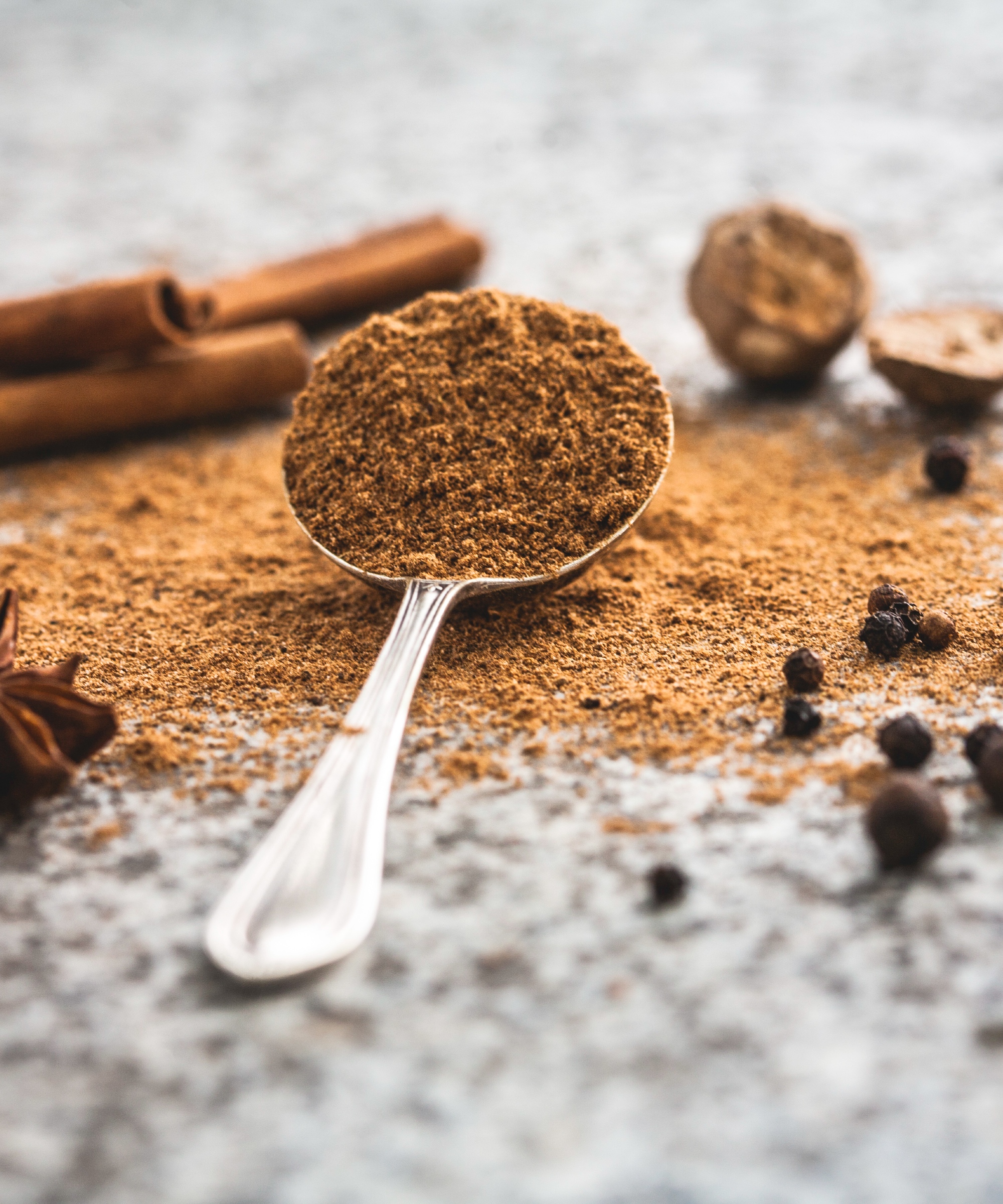
This store cupboard essential is a great method to combat a wide range of garden pests – including ants and slugs – without harming other wildlife or the plants themselves. It's even said that you can use cinnamon in soil to repel gnats.
To deter slugs, simply sprinkle a layer of cinnamon around the base of your plants and leave. This will stick to the slugs' bodies if they start to cross the line, prompting them to turn back – reapply after rain. The strong scent of the cinnamon will also deter slugs further.
If you're looking for other store cupboard repellents, then there are plenty more homemade bug sprays to help your plants to remain free from pests.
5. Stand containers in water
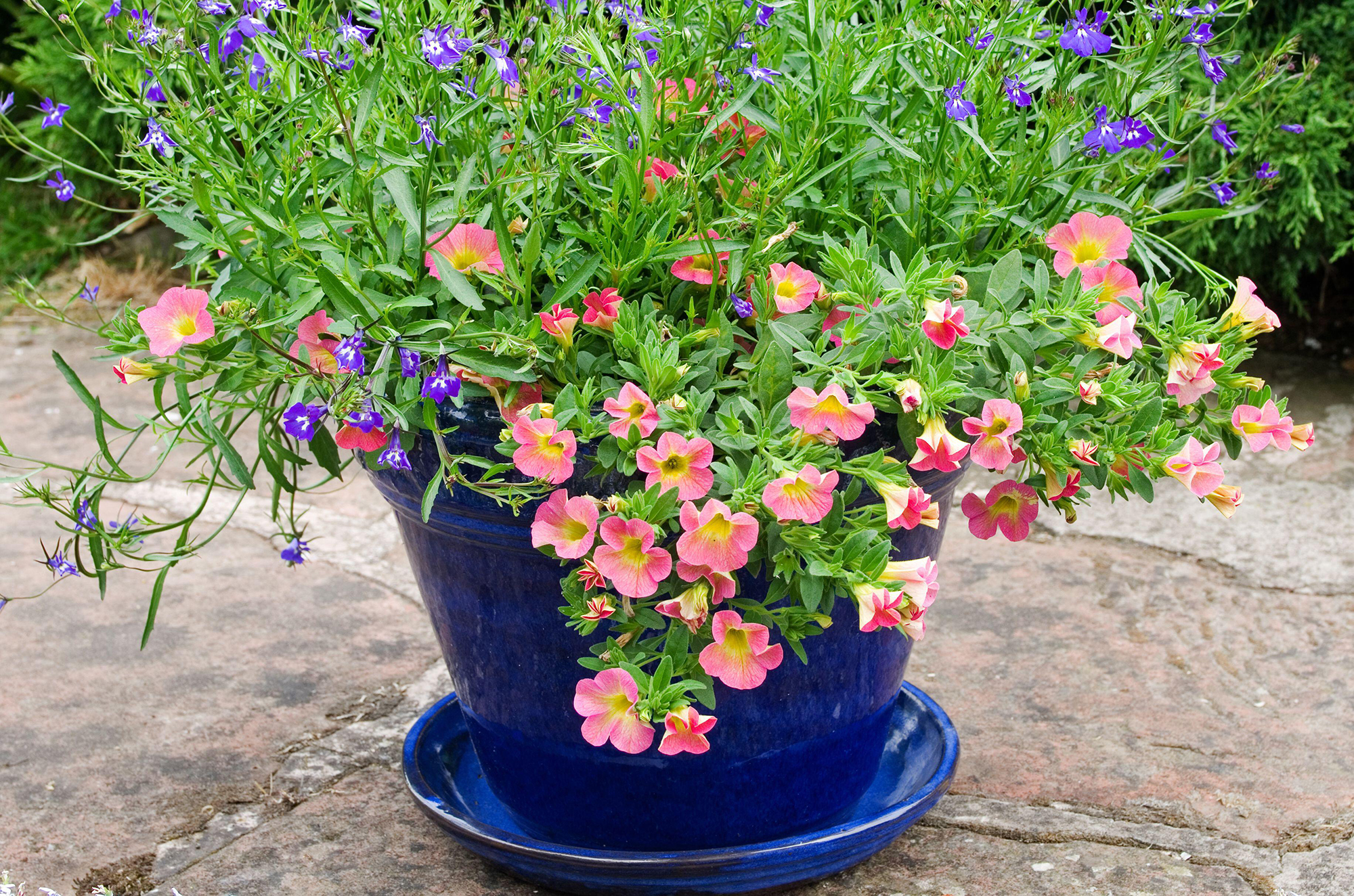
Slugs will not cross a body of water, no matter how delicious the feast beyond promises to be. To use this to protect your plants, elevate pots on feet and stand in saucers filled with water. Keep the saucer topped up as it will only be effective so long as there is water in the dish. This is one of the easiest but most successful slug control methods for container gardening ideas.
6. Beer traps
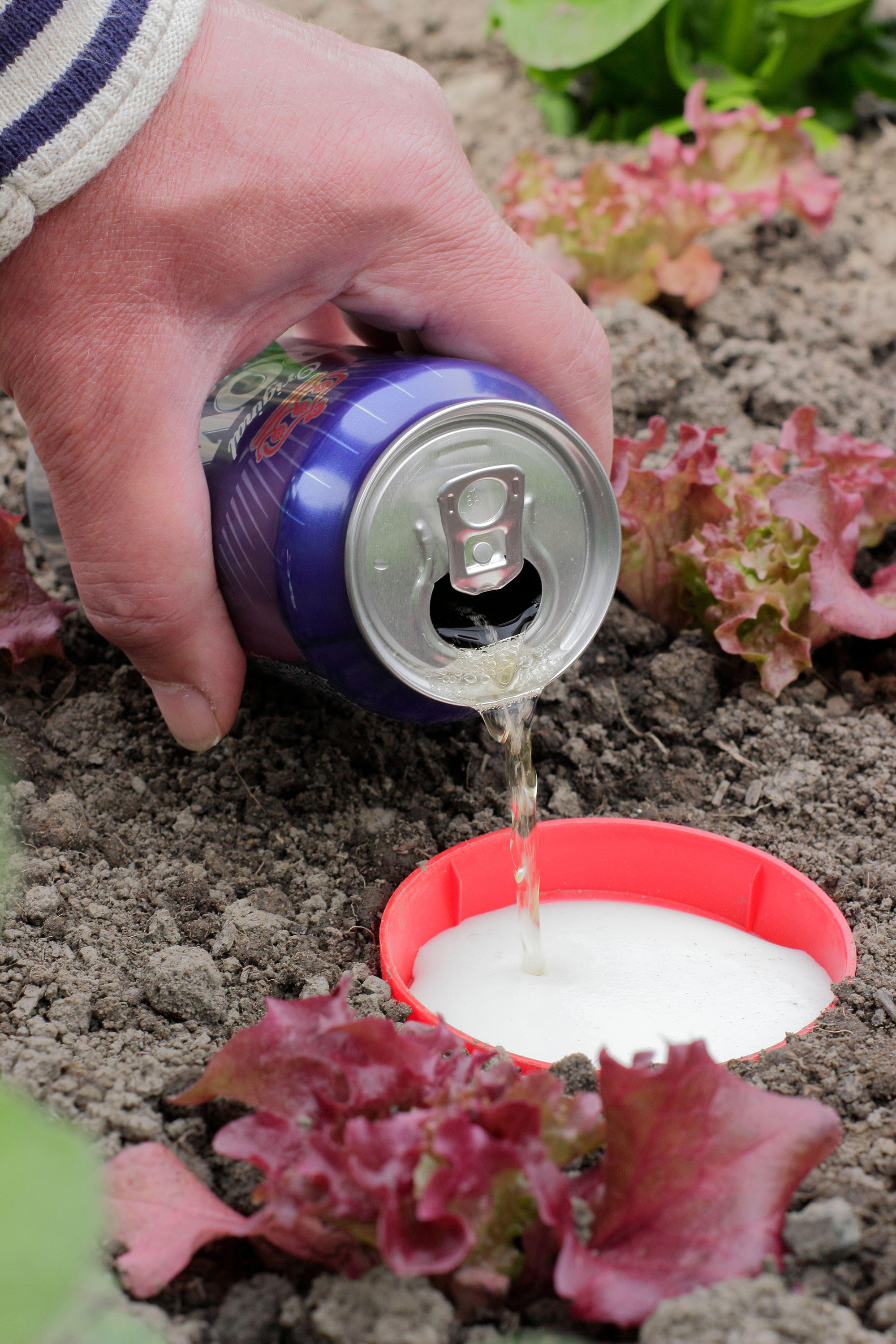
One of many age old slug control methods, creating bait stations filled with beer is a popular method to control slugs. ‘Bait jam jars or proprietary traps, placed in the soil, with beer or black treacle diluted with water to trap and drown slugs and snails,’ advises Andrew Salisbury, Senior Entomologist, RHS Garden Wisley.
However, there is some debate on the success of this method, so it is recommended that you don't solely depend on it.
7. Create a physical barrier for seedlings
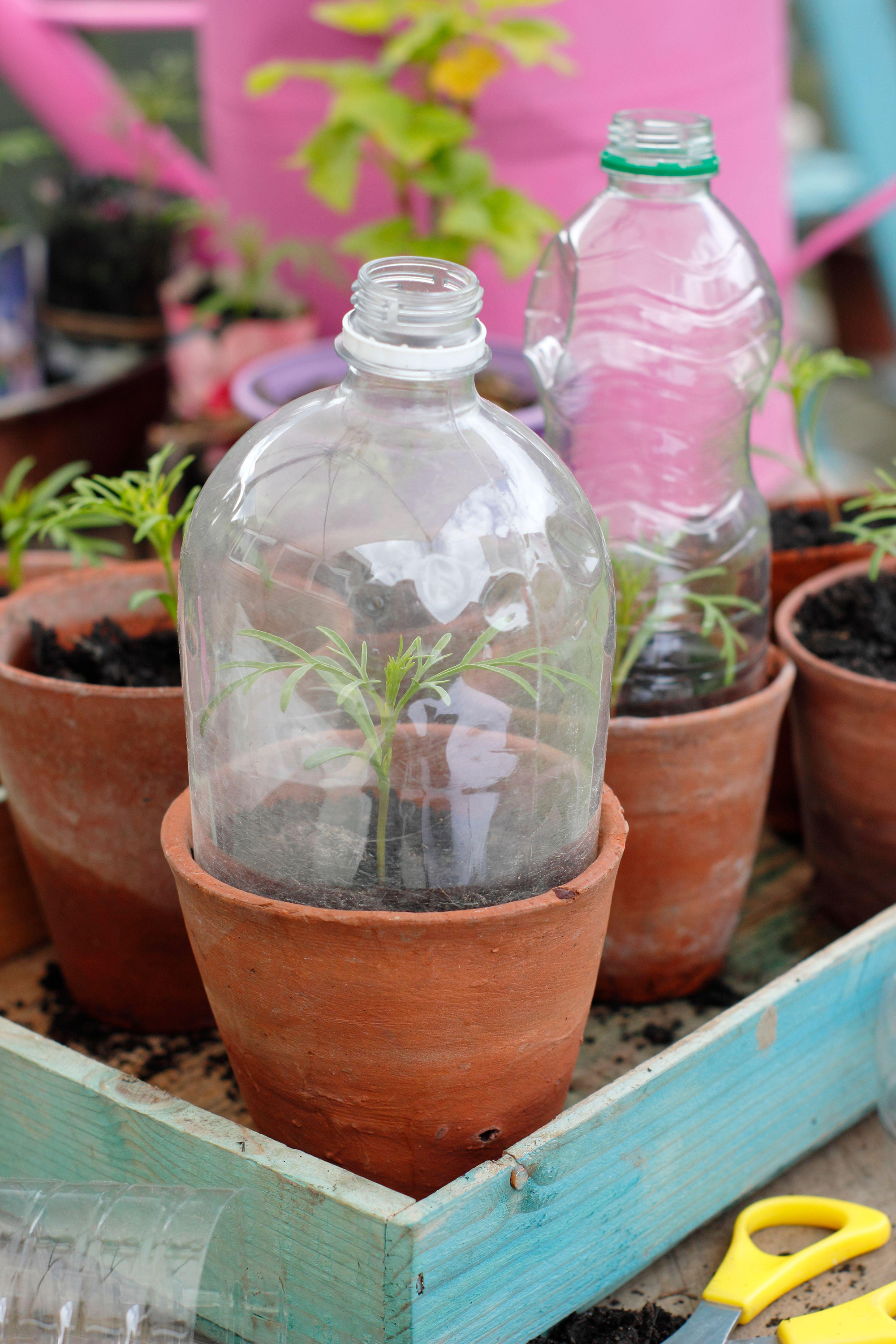
‘Slugs and snails can be a particular problem on seedlings. To protect young plants from late frosts as well as snails and slugs, remove the cap from a plastic drink bottle and cut off the bottom using a pair of scissors. Place over the top of your plant and remove during the day if desired,' says Dr Hayley Jones, an RHS entomologist. 'Alternatively, wait and plant out bigger, sturdier specimens that can withstand a bit of nibbling.’
You can likewise make a barrier with coffee grounds to deter slugs.
8. Manually remove
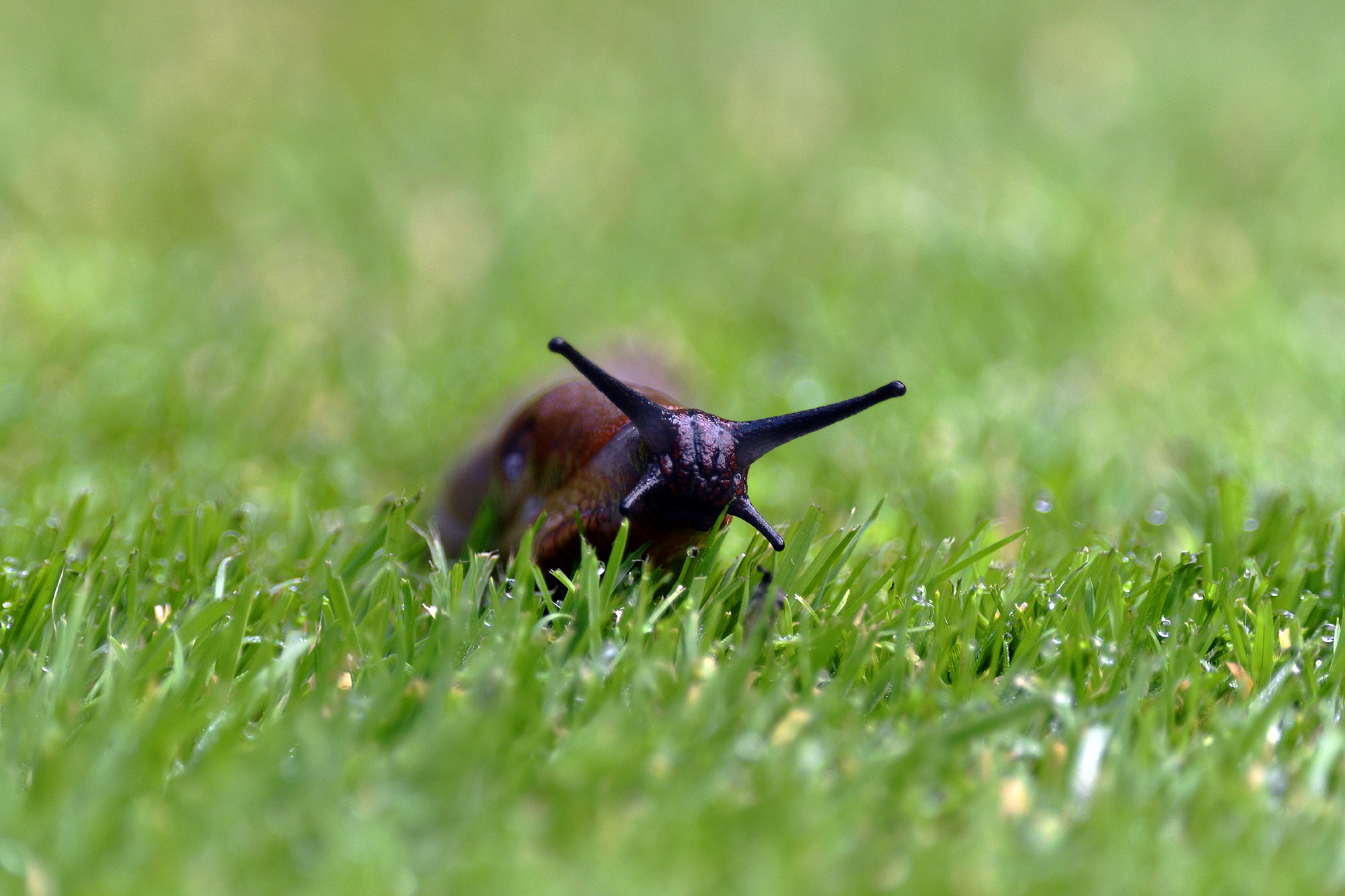
If you're looking for some simple and free slug control methods, then try manually removing the offending slugs. Venture into the garden at dusk with a torch in hand and gather up the slugs that appear. Once you have removed the offenders, take far away from your property – not just over the fence as otherwise they will quickly return.
This method will also work if you're looking for how to get rid of snails.
9. Encourage natural predators

Similar to the above slug control methods but less time consuming, employ your local wildlife, such as birds, to remove the slugs for you.
‘One of the best ways to control slugs is to encourage their natural predators. Slugs are eaten by rove beetles, ground beetles, slow worms, frogs, hedgehogs and toads. To encourage these natural predators in the garden, ensure there is a place for them to breed, shelter and hibernate,’ says Gloucestershire Wildlife Trust. ‘A pond is good for frogs and a log pile will encourage hedgehogs and slow worms if they are about.’
What kills slugs naturally?
Nematodes are the best way to kill slugs naturally – simply water onto the soil around your plants and let them get to work. Salt kills slugs naturally, however, it takes a lot of salt and should not be applied near your plants. Other methods to kill slugs naturally include beer traps and vinegar sprays.
Does Vaseline deter slugs?
Yes, Vaseline does deter slugs. If applied around the circumference of a pot it will protect the plant within. This is because Vaseline's greasy texture is very difficult for the slugs to climb over.
It is important to also consider the role that slugs and snails can play in the garden ecosystem, so while we might sometimes need to deter them from certain plants, we must also learn to share our yards with them. For more information, see our guide: are slugs and snails good for the backyard?

Having graduated with a first class degree in English Literature, Holly started her career as a features writer and sub-editor at Period Living magazine, Homes & Gardens' sister title. Working on Period Living brought with it insight into the complexities of owning and caring for period homes, from interior decorating through to choosing the right windows and the challenges of extending. This has led to a passion for traditional interiors, particularly the country-look. Writing for the Homes & Gardens website as a content editor, alongside regular features for Period Living and Country Homes & Interiors magazines, has enabled her to broaden her writing to incorporate her interests in gardening, wildlife and nature.